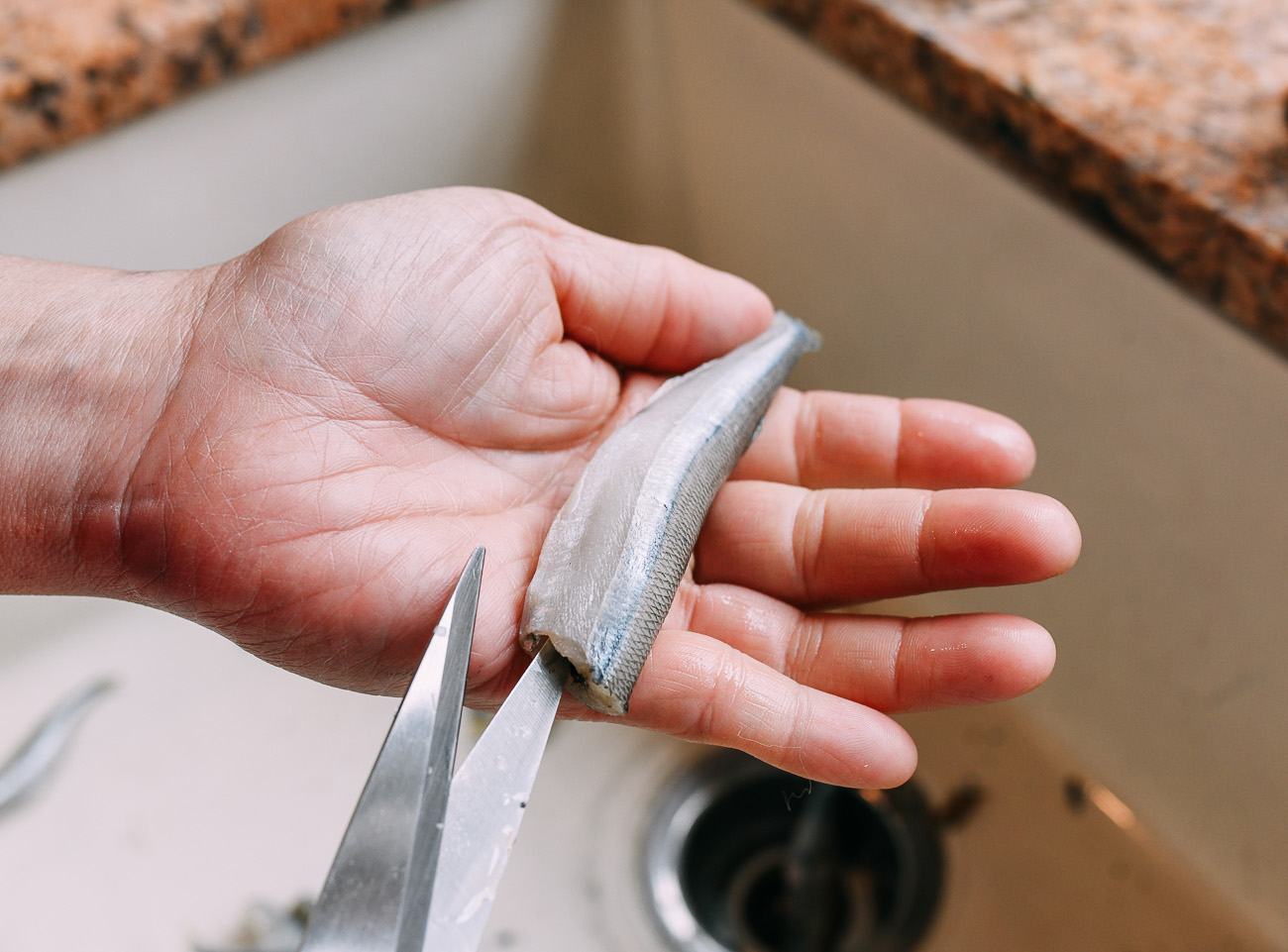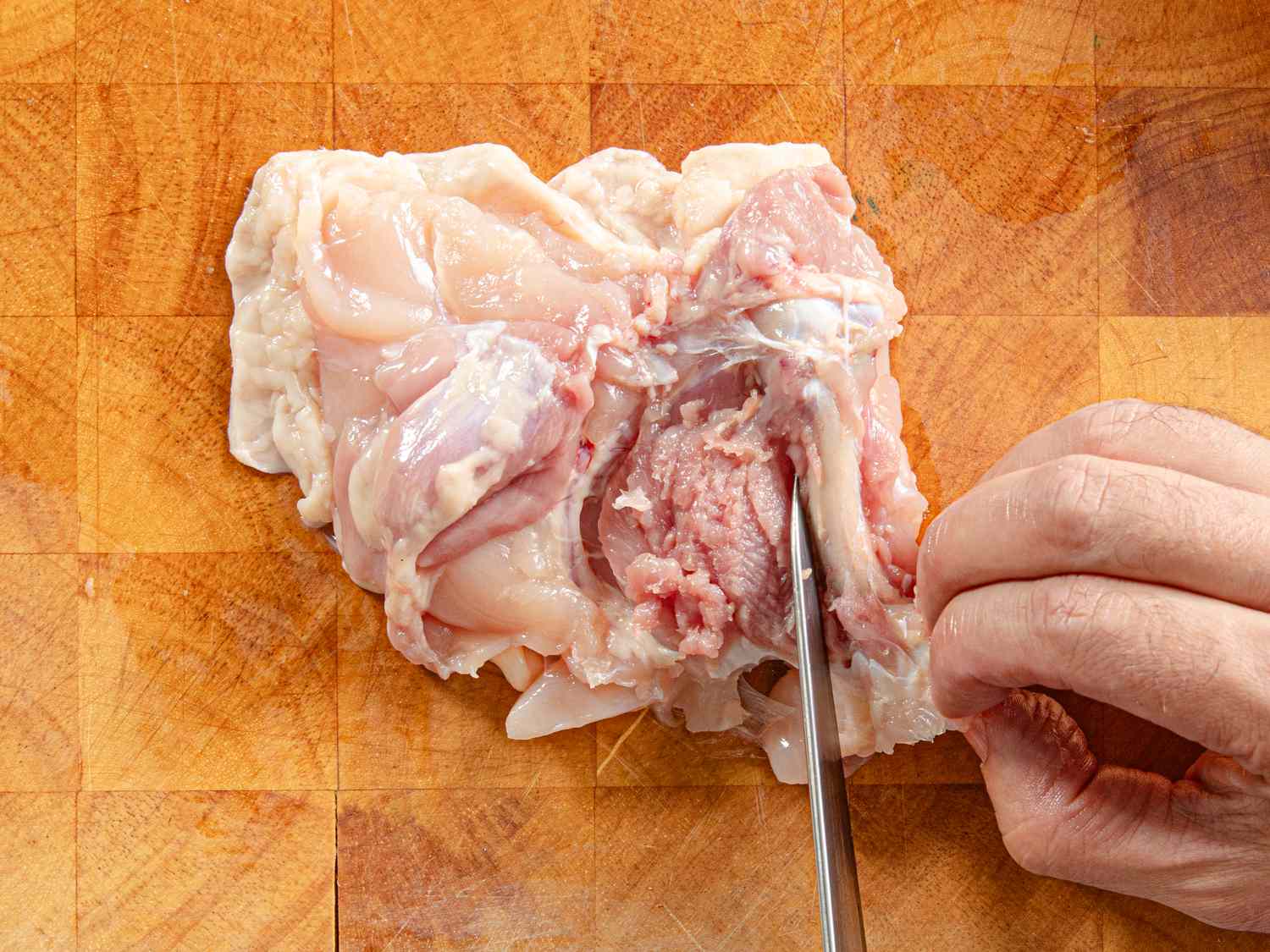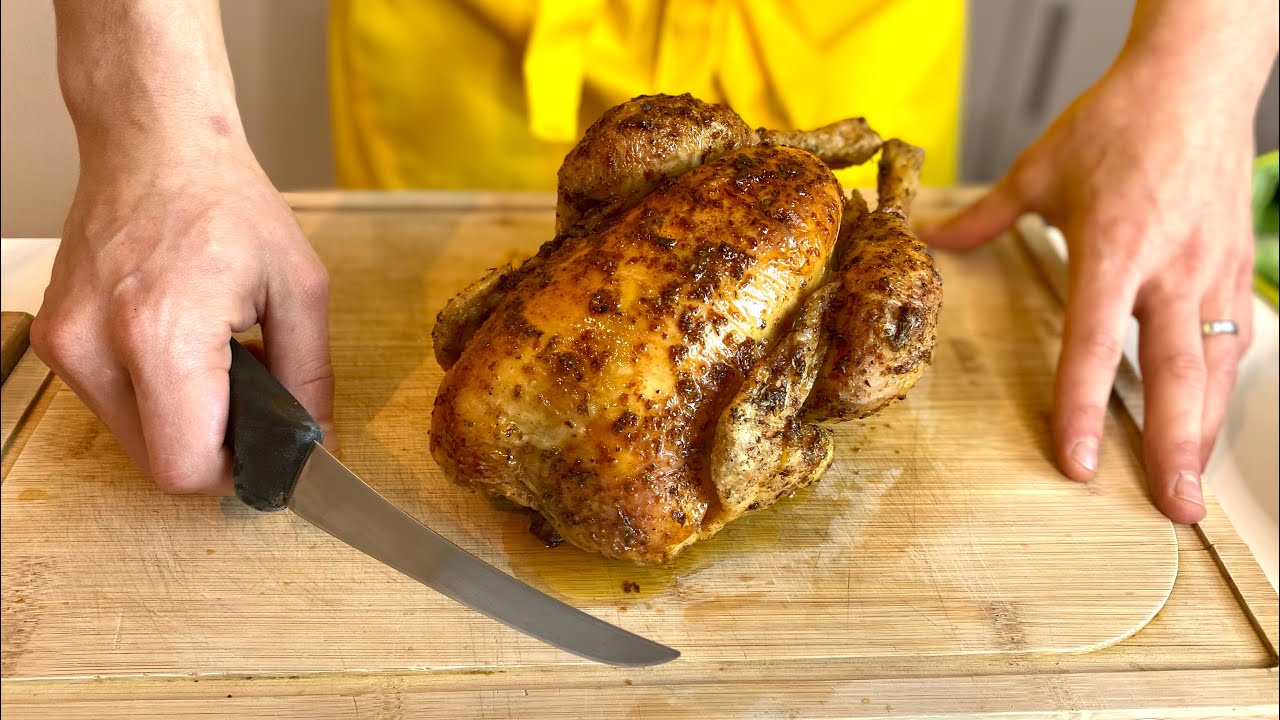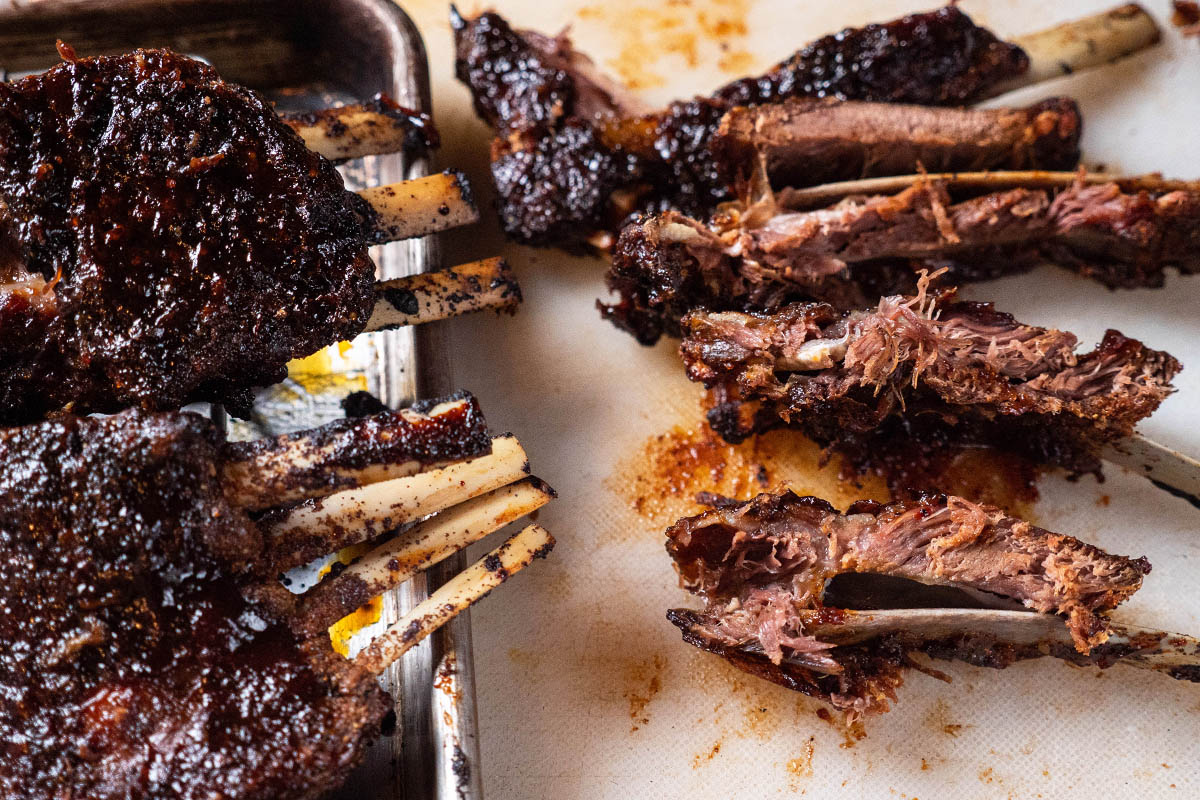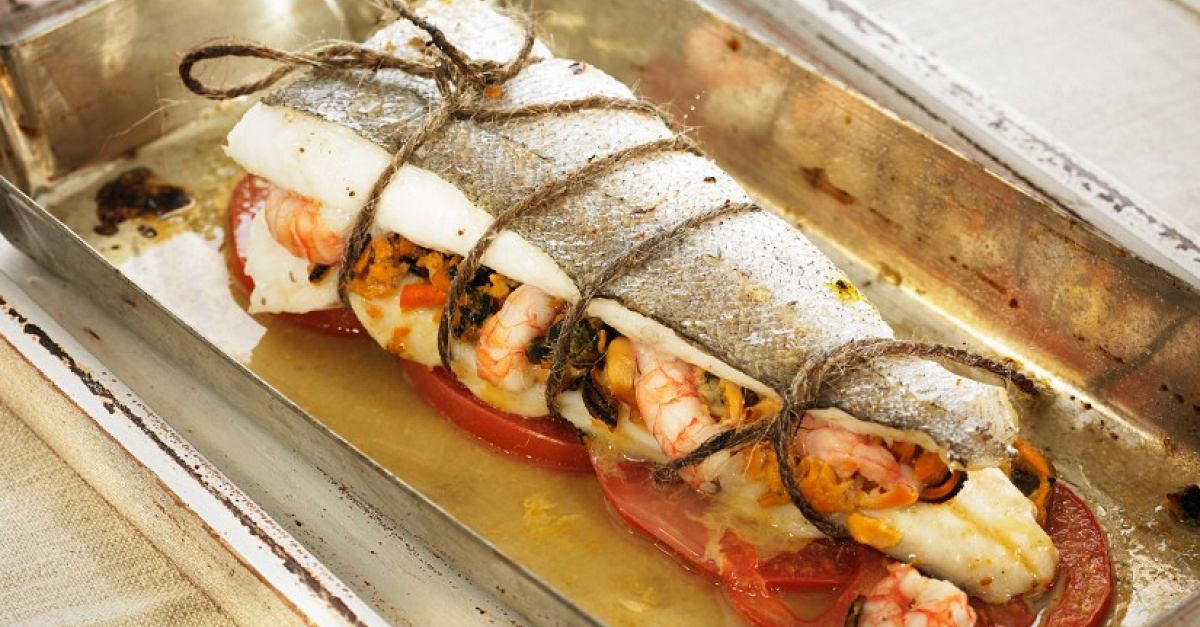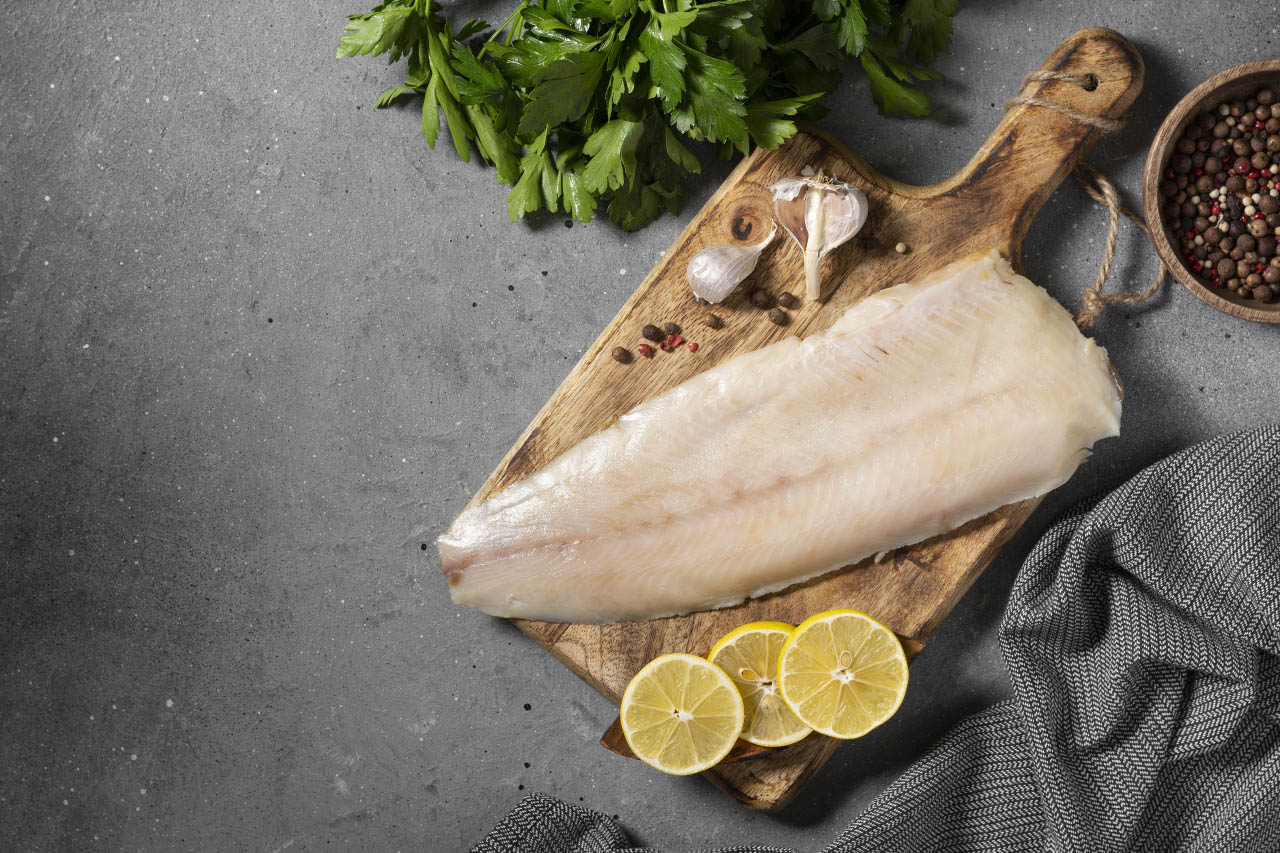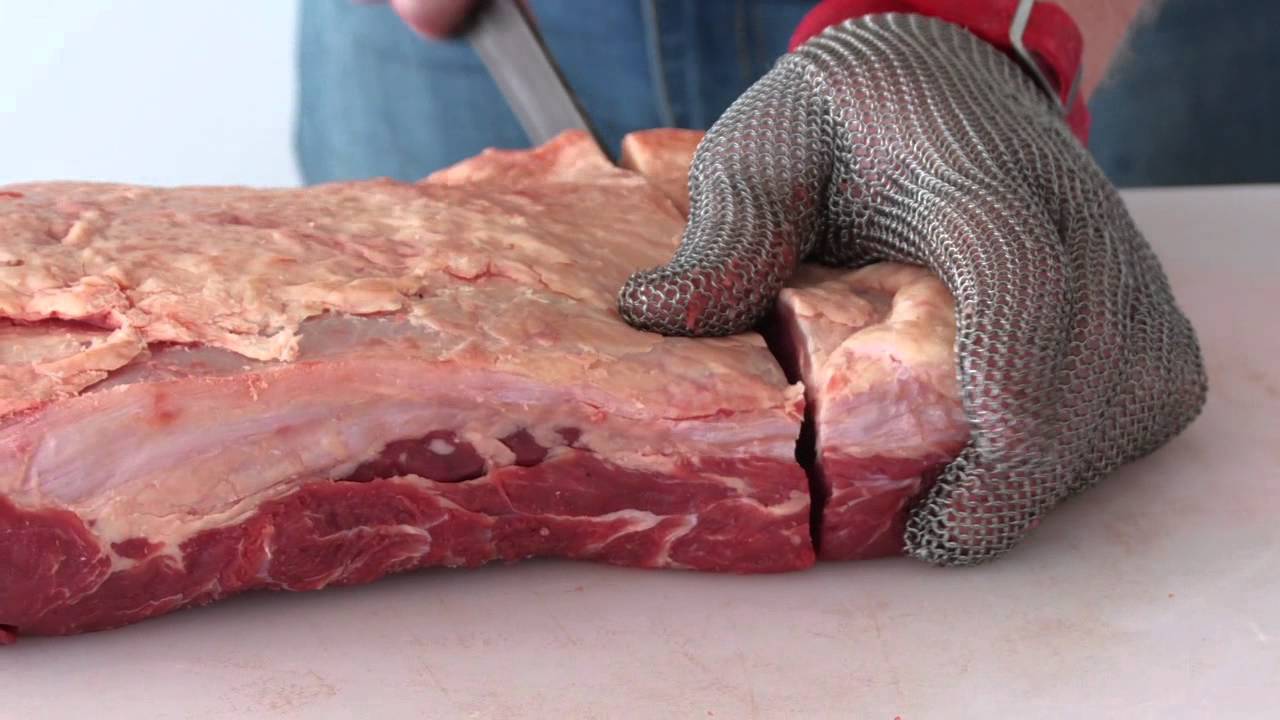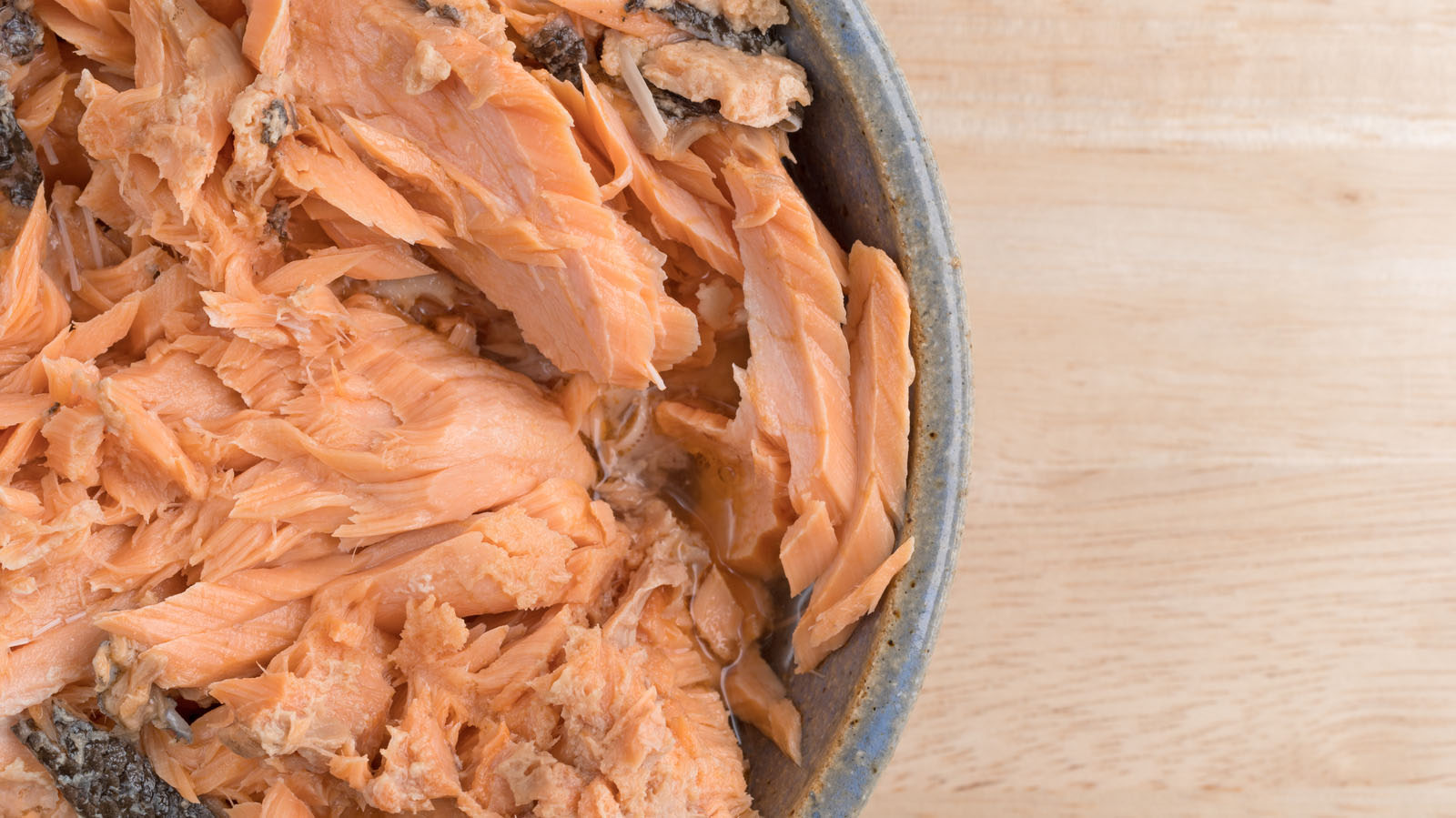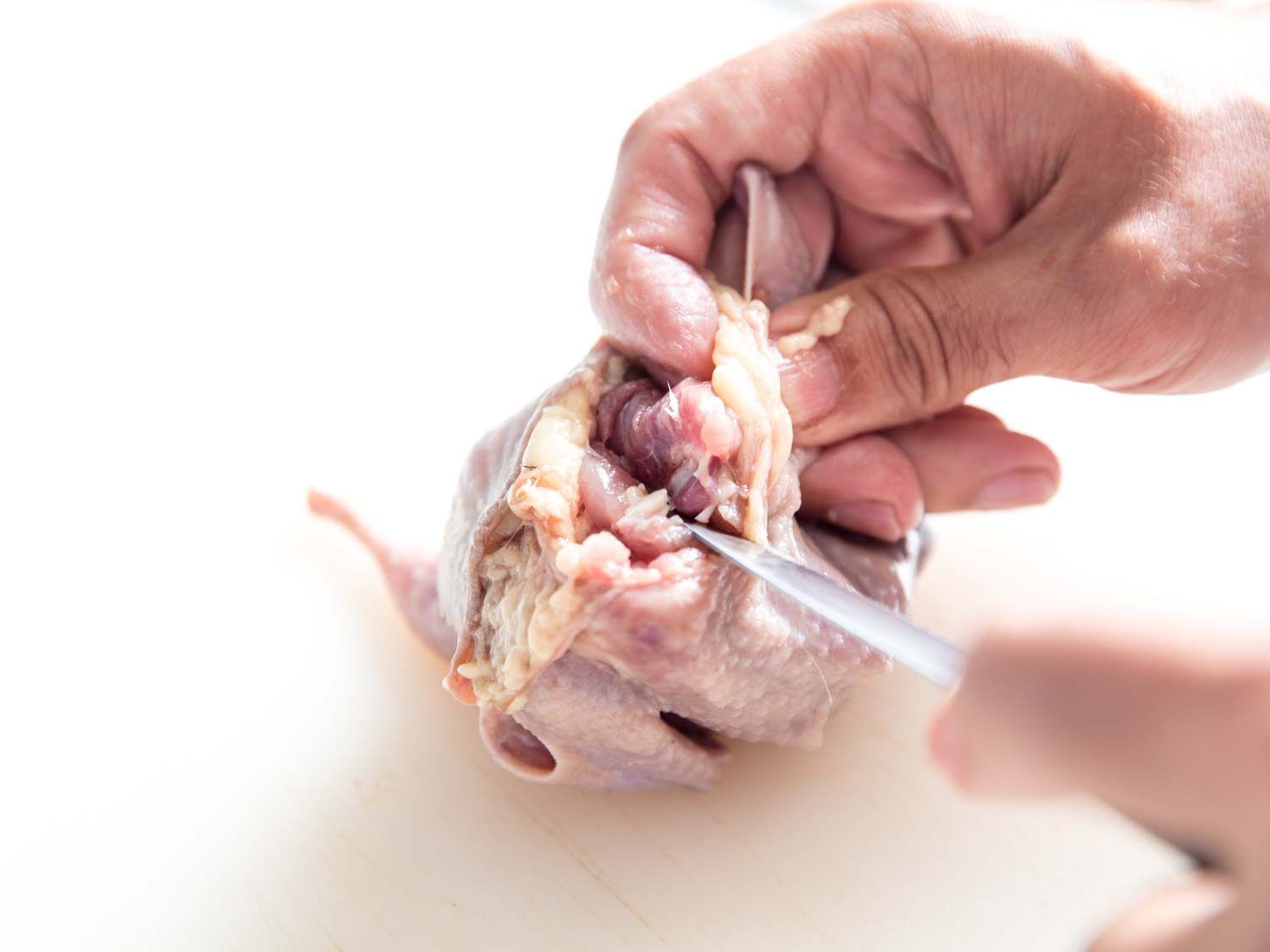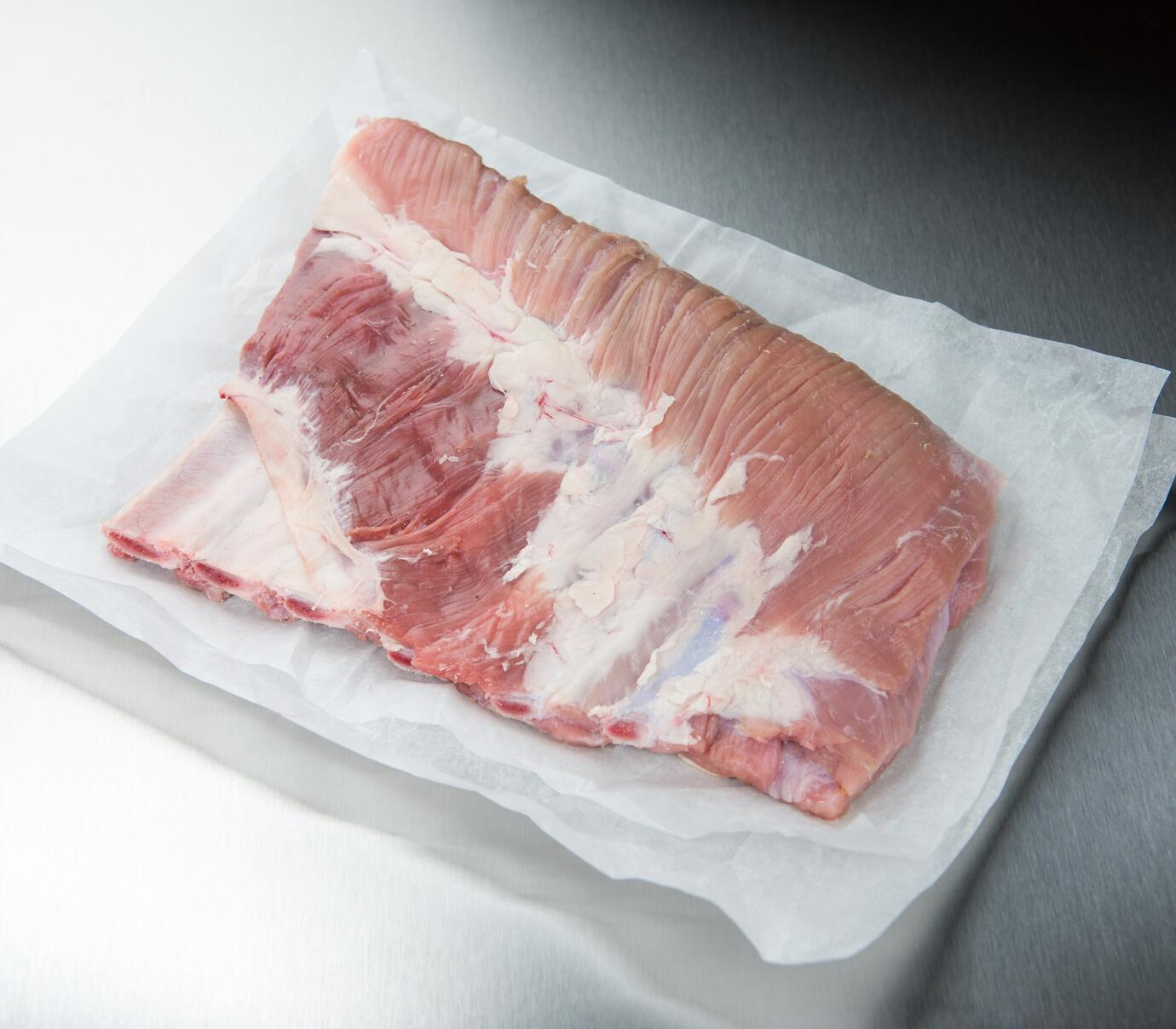Deboning a Croaker: A Step-by-Step Guide
Deboning a croaker may seem like a daunting task, but with the right technique, it can be a rewarding and delicious experience. Whether you’re a seasoned chef or a novice in the kitchen, mastering the art of deboning a croaker can elevate your culinary skills to the next level. In this guide, we’ll take you through the process of deboning a croaker, step by step.
Step 1: Gather Your Tools
Before you begin, make sure you have the necessary tools on hand. You’ll need a sharp fillet knife, a cutting board, and a pair of kitchen shears. Having the right tools will make the deboning process much easier and safer.
Step 2: Prepare the Croaker
Start by rinsing the croaker under cold water and patting it dry with paper towels. Place the croaker on the cutting board with the belly facing up.
Step 3: Make the Initial Incision
Using the fillet knife, make a shallow incision along the top of the croaker, just behind the gills. Be careful not to cut too deeply to avoid puncturing the internal organs.
Step 4: Remove the Head and Innards
Once the initial incision is made, use the kitchen shears to carefully cut around the head and remove it from the body. Next, reach into the cavity and remove the innards, being mindful not to puncture the gall bladder.
Step 5: Fillet the Croaker
With the head and innards removed, it’s time to fillet the croaker. Starting at the top of the fish, insert the fillet knife along the backbone and carefully slice down towards the tail, separating the flesh from the bones. Repeat this process on the other side of the croaker to remove the second fillet.
Step 6: Remove the Rib Bones
Once the fillets are removed, use the fillet knife to carefully cut along the rib bones to separate them from the flesh. Take your time and use a gentle sawing motion to ensure the bones are completely detached from the fillets.
Step 7: Check for Remaining Bones
After removing the rib bones, run your fingers along the fillets to check for any remaining bones. Use the kitchen shears to carefully trim away any small bones that may still be attached to the flesh.
Step 8: Rinse and Pat Dry
Once the deboning process is complete, rinse the fillets under cold water to remove any remaining bone fragments. Pat the fillets dry with paper towels before proceeding with your chosen cooking method.
Now that you’ve successfully deboned the croaker, you’re ready to use the fillets in your favorite recipes. Whether you grill, bake, or pan-sear the fillets, you can take pride in knowing that you’ve mastered the art of deboning a croaker.
With practice, you’ll become more confident and efficient in deboning a croaker, allowing you to enjoy this delectable fish with ease. So, roll up your sleeves, grab your fillet knife, and embark on the rewarding journey of deboning a croaker like a pro!
Was this page helpful?
Read Next: How To Debone Smoked Ribs
